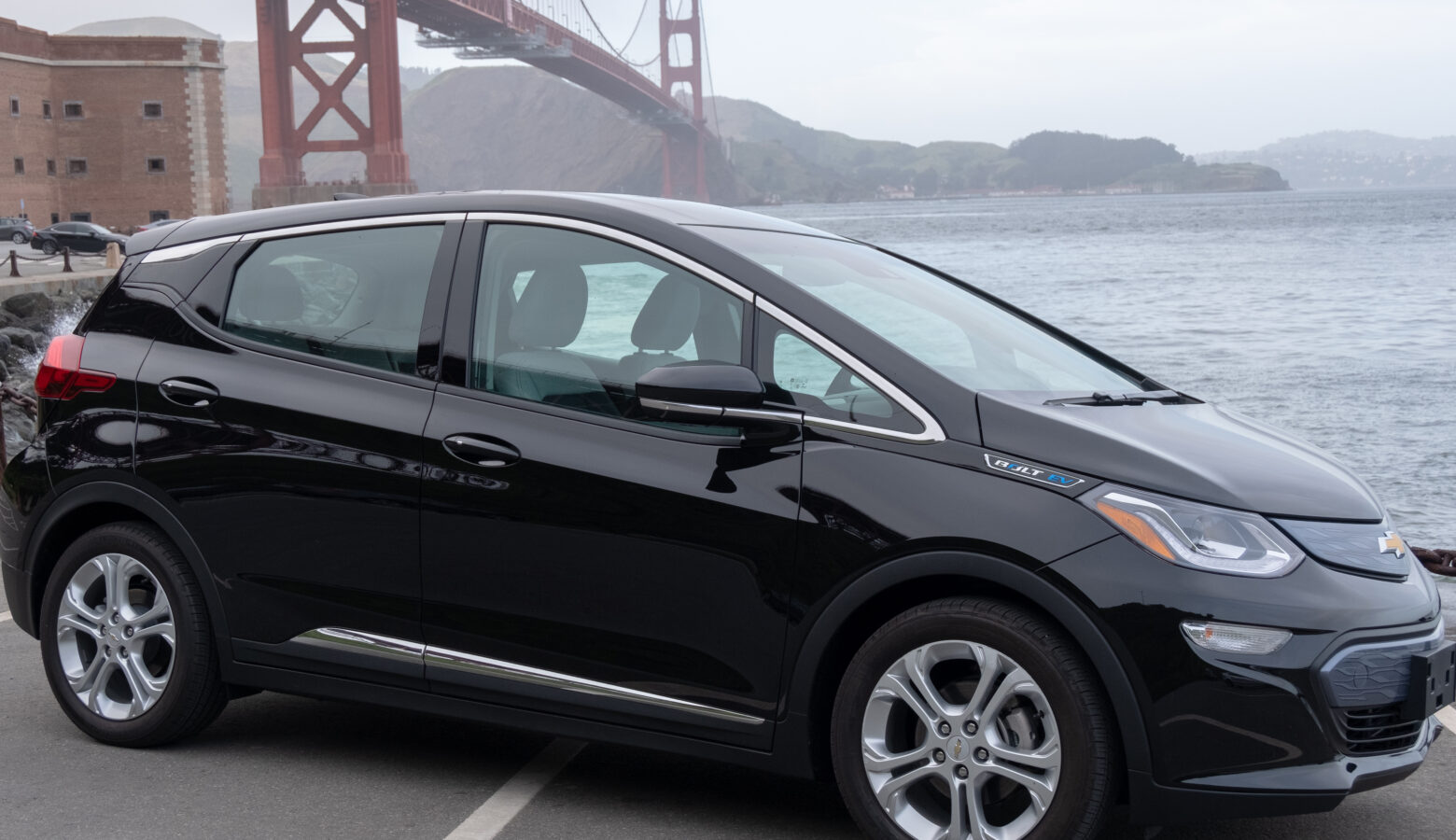GM concedes to add EV battery plants, like one being built near South Bend, to UAW national contract

General Motors long argued its electric vehicle (EV) battery plants have no “legal or practical path” to be made part of the same United Auto Workers union contract as the rest of its manufacturing workers. On Friday, the UAW announced the company has now agreed to do just that in a last-ditch effort to avoid a potentially devastating strike.
“We’ve been told for months that this is impossible. We’ve been told the future must be a race to the bottom. And now we’ve called their bluff,” said UAW International President Shawn Fain on a Facebook livestream Friday.
Fain said the offer came “in writing” from GM moments before he was set to announce a new round of strikes.
“We were about to shut down GM’s largest moneymaker in Arlington, Texas,” he said. “The company knew those members were ready to walk immediately. And just that threat has provided a transformative win.”
Various concessions made in contract negotiations by all three companies over the last week kept the UAW from expanding its strikes to more facilities this week, though all currently striking plants remain on the picket line and more strikes may still be called in the future. Fain said negotiations at all three companies still are “not there yet.”
“We have designed this [strike] strategy to increase pressure on the companies, not to hurt them for its own sake, but to move them,” Fain said. “To get them to say yes when they want to say no. And today is a perfect example of that.”
READ MORE: Expert: Indiana strong competitor for Subaru EV plant, could do more to entice workers
One of the GM-Samsung SDI “joint ventures” will open an Indiana plant by 2026 just west of South Bend, in New Carlisle, to build electric vehicle batteries. This development likely means that plant will likely be part of the new four-year contract being negotiated now.
Rich LeTourneau is bargaining chair for UAW Local 2209 in Fort Wayne, which represents workers at a GM assembly plant there. He called the addition of the battery plants to the national agreement a “great accomplishment.”
“We went through some things here locally under the [2019] national agreement where they took work out of this [assembly] plant, took it across the street. And it’s not a joint venture. It’s UAW, but they took it out of here,” he said. “But those are the things that I hope they continue to stop because we lose good paying jobs out of these plants. Good jobs. And then they’ve gone across the street for $10 an hour.”
Which local will represent the incoming New Carlisle plant is up in the air for now.
While the plant — and other existing “joint venture” plants in nearby states — will primarily supply EV batteries for GM vehicles, the company argued the plants’ workers shouldn’t and can’t be part of the same national contract because they’re technically owned by separate companies.
The UAW and some members of Congress disagreed. U.S. Sen. Sherrod Brown (D-Ohio) called the company’s argument “excuses from a bunch of overpaid, out-of-touch executives.”
Without a contract, the UAW said workers at one of GM’s existing “joint venture” plants in Ohio were making $16.50 an hour to start, with a top wage of about $20 an hour. Under the national contract that expired in mid-September, top wages are set at about $32 an hour.
“The plan was to draw down the engine and transmission plants and permanently replace them with low wage battery jobs,” UAW President Fain said in Friday’s Facebook live. “We had a different plan. And our plan is winning at GM. And we expect it to win at Ford and Stellantis as well.”
Join the conversation and sign up for the Indiana Two-Way. Text “Indiana” to 73224. Your comments and questions in response to our weekly text help us find the answers you need on statewide issues.
Stellantis is also building a “joint venture” battery plant with Samsung SDI in Kokomo.
In an emailed statement in September, a spokesperson for Stellantis said, “the joint venture with Samsung SDI provides us with access to innovative, high-quality technology that will meet the needs of our customers as we transition to an electrified future. We respect the right of the UAW to organize future hourly employees at our joint venture facilities and believe that those future employees have the right to decide their representational status. The joint venture intends to offer very competitive wages and benefits while making the health and safety of its workforce a top priority.”
Some local and national UAW leaders are concerned members will lose jobs as companies transition to making more electric vehicles and fewer internal combustion engine vehicles. A model created by researchers at Indiana University and MIT in 2022 found the EV transition could create hundreds of thousands of jobs in Indiana and surrounding states by 2050, but also “could result in significant job loss without the right supportive policies.”
Electric vehicles take fewer components to produce, making them a point of contention in these negotiations. Most, for example, have much simpler transmissions and engines. The Chevy Bolt, one of GM’s flagship EVs, had three moving parts in its motor, according to a 2017 teardown analysis by investment firm UBS. By comparison, UBS found a 4-cylinder internal combustion engine in a Volkswagen Golf had 113 moving parts.
Ford told shareholders in 2017 that its EV production requires 30 percent fewer hours of labor.
“[GM] agreed to put the future of this industry under our national agreement,” UAW President Fain said. “This victory is a direct result of the power of our membership. It’s your willingness to stand up when called.”
WBOI’s Tony Sandleben contributed reporting to this story.
Adam is our labor and employment reporter. Contact him at arayes@wvpe.org or follow him on Twitter at @arayesIPB.


